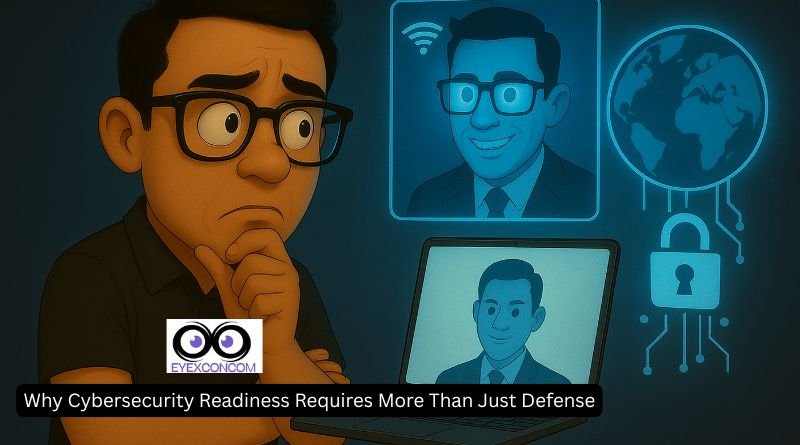For many organizations, cybersecurity strategy begins and ends with traditional defense mechanisms—firewalls, antivirus tools, endpoint detection, and incident response plans.
While these systems are foundational, relying solely on reactive measures is no longer sufficient. Threat actors have evolved, and so must the organizations that seek to defend against them.
Modern threats are persistent, stealthy, and often internal. From insider risks to supply chain vulnerabilities, organizations face a threat landscape that shifts as quickly as the technology it targets.
Cybersecurity readiness, therefore, must be proactive by design. It requires a mindset that views security as an integrated discipline, embedded into every layer of the digital infrastructure—not just as a barrier to bad actors.
The rising importance of proactive discovery
One of the most underutilized but increasingly vital aspects of cybersecurity is threat discovery. Tools and services like GuidePoint threat discovery have underscored the importance of actively seeking out threats—rather than waiting to respond after damage is done. This approach includes deep analysis of telemetry data, behavioral analytics, threat hunting, and adversary emulation.
Proactive threat discovery identifies early indicators of compromise before they escalate into breaches. For example, unusual login behaviors, lateral movement across systems, or irregular data access patterns can signal the presence of a sophisticated threat actor. When such signals go unnoticed, attackers gain valuable time—days or even weeks—to explore, extract, and exfiltrate data.
More importantly, threat discovery doesn’t just reveal the “what”; it uncovers the “how” and “why.” This insight is critical for strengthening defenses, closing vulnerability gaps, and building a continuous improvement loop within the security posture. It also plays a crucial role in compliance and audit readiness, offering a more detailed picture of the risk landscape and an organization’s response capabilities.
People are still the biggest vulnerability
The human factor in cybersecurity remains a significant challenge. Phishing, credential stuffing, and social engineering thrive on user behavior and lapses in judgment. While tools and technologies are essential, they are only as effective as the people who use them.
Organizations committed to resilience invest in training and awareness—not as a checkbox exercise, but as a core tenet of their operational philosophy. Cybersecurity is not the exclusive domain of the IT department; every employee, contractor, and third-party vendor is a potential entry point for malicious activity.
Developing a culture of cyber vigilance means more than annual compliance training. It includes real-time simulations, executive-level briefings, and security champions embedded within business units. The goal is not just literacy, but fluency: an organization that recognizes threats, responds instinctively, and treats security as a shared responsibility.
Making threat intelligence usable
Threat intelligence is only useful if it is actionable. Too often, organizations are inundated with feeds, alerts, and reports that generate noise without context. The value lies in intelligence that informs specific decisions—whether it’s patch prioritization, identity management, or supplier risk evaluation.
To integrate intelligence effectively, organizations must adopt platforms and workflows that synthesize information from multiple sources, correlate it with internal telemetry, and produce outcomes that drive business value. This integration helps distinguish signal from noise, saving time and resources while improving response accuracy.
Moreover, strategic intelligence elevates cybersecurity from a technical issue to a business imperative. It allows security leaders to brief boards and executives with clarity, linking threat data to potential financial, reputational, and operational impact. This alignment between security and business goals enhances executive buy-in and ensures cybersecurity investments are grounded in measurable risk.
Security as an organizational advantage
Organizations that prioritize proactive discovery, invest in human readiness, and integrate intelligence into operations position themselves not just for defense, but for long-term resilience. Security maturity is not about reaching a final state, but about cultivating the agility to adapt, learn, and evolve.
The shift from reactive to proactive is no longer aspirational—it’s foundational. And those who embrace it will not only survive the next threat but thrive amid the complexities of the digital age.

